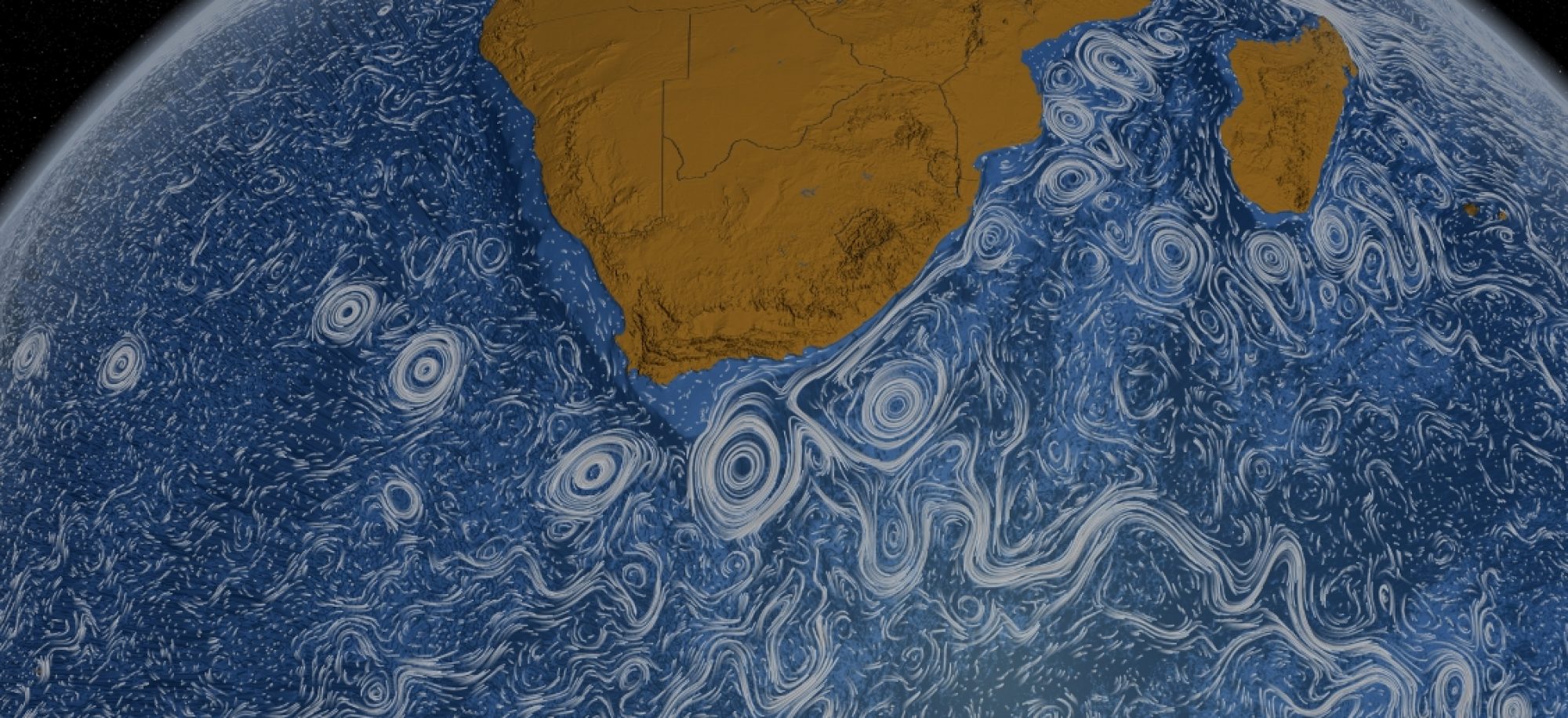Emma Boland is a physical oceanographer and polar scientist. Physical oceanography is, put simply, the study of the physics of the ocean. You can think of this as studying the “weather” of the ocean, similar to how meteorologists study the atmosphere. Her research is focused on the Polar Oceans: the Arctic Ocean and the Southern Ocean, which encircles the continent of Antarctica.
Emma Boland is an expert in using a type of computer model called an adjoint model. Put simply, adjoint models are approximations of a model that allow us to directly calculate how sensitive a particular quantity we are interested in is to other ocean properties. For example, we might want to know how sensitive the temperature of the Southern Ocean is to the wind, or the rainfall, or the ocean salinity. This paper gives a nice introduction to adjoint models: Errico, R.M., 1997: What Is an Adjoint Model?
Emma is also interested in how machine learning can help us make the most of the sparse observations we have of the Polar Regions, using techniques like unsupervised clustering to find the hidden structures in data.
You can read more about Emma’s current and recent research below, or else read about her PhD Research.
Current Research
Emma is currently working on two NERC-funded projects: CANARI (Climate change in the Arctic–North Atlantic Region and Impacts on the UK) and BIOPOLE (Biogeochemical processes and ecosystem function in changing polar systems and their global impacts).
The CANARI project is aimed at understanding how the climate in the Arctic and North Atlantic can impact on the UK. This an interdisciplinary project, which will use a range of methods, including analysing models and observations, from a variety of perspectives.
The BIOPOLE project is seeking at improving our knowledge of polar ecosystems and how they change the amount of carbon and nutrients elsewhere in the global ocean.
Past Research
Emma has previously used adjoint models for her work on the NERC-funded project ORCHESTRA (Ocean Regulation of Climate by Heat and Carbon Sequestration and Transports). She also analysed climate models for the SMURPHS (Securing Multidisciplinary UndeRstanding and Prediction of Hiatus and Surge events) project.
The ORCHESTRA project aimed to “advance our understanding of, and capability to predict, the Southern Ocean’s impact on climate change via its uptake and storage of heat and carbon.” Emma used adjoint models to look at how the sensitive the heat in the upper layer of the Southern Ocean is to surface effects such as wind, rainfall and surface temperatures. Most of these quantities are poorly measured in the Southern Ocean. Calculating these sensitivities will not only improve our understanding of these processes, but help us focus our observational efforts in places where the sensitivities are large.
The SMURPHS project sought “to understand both the slowdown in the rate of warming since the late 1990s and also earlier hiatus and surge events.” ‘Surges’ and ‘hiatuses’ are times when global surface temperatures rise faster or slower than the long term (multi-decadal) trend. The global ocean takes up large amounts of heat from the atmosphere. Exactly how much heat enters the ocean, and how much stays in the atmosphere, can determine whether we see a speed up or a slow down in atmospheric warming. Emma analysed the results of an ensemble of climate models to determine what effect changing the amount of anthropogenic aerosols in the atmosphere had on the amount of heat in the ocean.


